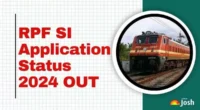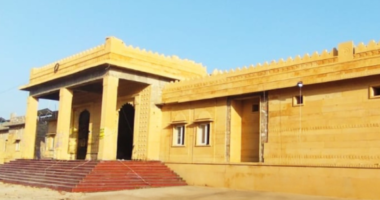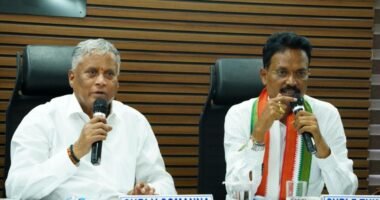The Government of India has taken a pivotal step in reshaping the recruitment process for railway officers by approving the selection through Engineering and Civil Services Exams. This decision signifies a return to traditional methods and emphasizes the steadfast commitment to enhance the efficiency and expertise of India’s railway system.
The Historical Context of Railway Recruitment
The Indian Railways, a vital backbone of the nation’s infrastructure, has undergone multiple phases of transformation in its recruitment processes. Traditionally, railway officers were recruited through the Engineering Services Examination (ESE) and the Civil Services Examination (CSE), both conducted by the Union Public Service Commission (UPSC).
However, due to evolving needs and various administrative reforms, changes were made. New methodologies were implemented over the years to align with the modern demands of the railway sector.
Returning to Traditional Methods
In a move that marks a return to trusted practices, the government has reinstated the recruitment of railway officers through the prestigious ESE and CSE. This decision has been welcomed by many experts as it funnels in highly qualified professionals ready to tackle contemporary challenges facing the Indian Railways.
Reasons for Reverting to Established Norms
- Credibility and Rigor: The ESE and CSE are renowned for their stringent selection processes, ensuring that only the most capable candidates enter government services.
- Industry Expertise: Engineers and administrators trained through these exams possess specialized knowledge critical for managing and innovating in the railway sector.
- Career Path Continuity: Aligning with traditional recruitment methods provides clarity in career progression for aspiring railway officers.
Impact on Railway Operations
This policy shift is poised to impact various facets of railway operations positively. Bringing in expertise from engineering and administrative backgrounds ensures that the leadership within the railway sector is both technically sound and strategically capable.
Potential Benefits
- Enhanced Technical Efficiency: Candidates with engineering backgrounds will contribute to innovative solutions in railway technology and infrastructure development.
- Strengthened Management and Administration: Civil servants bring unparalleled administrative skills, optimizing the management hierarchy of the railway network.
- Improved Public Service Delivery: With an adept workforce, the railways can substantially improve customer service and safety standards.
Fostering Future Growth
The Indian Railways, one of the largest rail networks in the world, faces increasing pressures to modernize and improve its services. The integration of proficient candidates through established examinations promises to catalyze future growth and development.
The strategic insights from new recruits can foster enhancements in:
- Technological Innovations: Encouraging digital transformations and advancements in rail technology.
- Infrastructure Expansion: Developing robust and sustainable rail infrastructure to meet growing demands.
- Environmental Considerations: Implementing eco-friendly practices and renewable energy solutions.
Challenges and Considerations
While the re-adoption of traditional recruitment methods offers several advantages, it also presents certain challenges that need to be addressed for effective implementation.
Maintaining a Balance
- Complimenting Technical Expertise with Practical Skills: Bridging the gap between technical acumen and on-ground railway operations requires continuous training and development initiatives.
- Addressing Workforce Diversity: Promoting diversity across all facets of railway recruitment to bring varied perspectives and solutions.
- Adaptability to Digital Platforms: The examination processes and railway operations must evolve to incorporate digital efficiencies.
Conclusion
The Indian government’s decision to recruit railway officers through the Engineering and Civil Services Exams marks a landmark moment in enhancing the capabilities of the Indian Railways. By leveraging the comprehensive skills of ESE and CSE candidates, the railway sector can achieve greater efficiency, innovation, and strategic growth. As stakeholders work collaboratively to address the ensuing challenges, the future of Indian Railways looks promising, with a rail network that meets both current and future demands.
Ultimately, this pivotal policy shift is not just about returning to the old ways but ensuring that the Indian Railways are equipped with the best minds to navigate the complexities of the modern transport ecosystem.
“`






